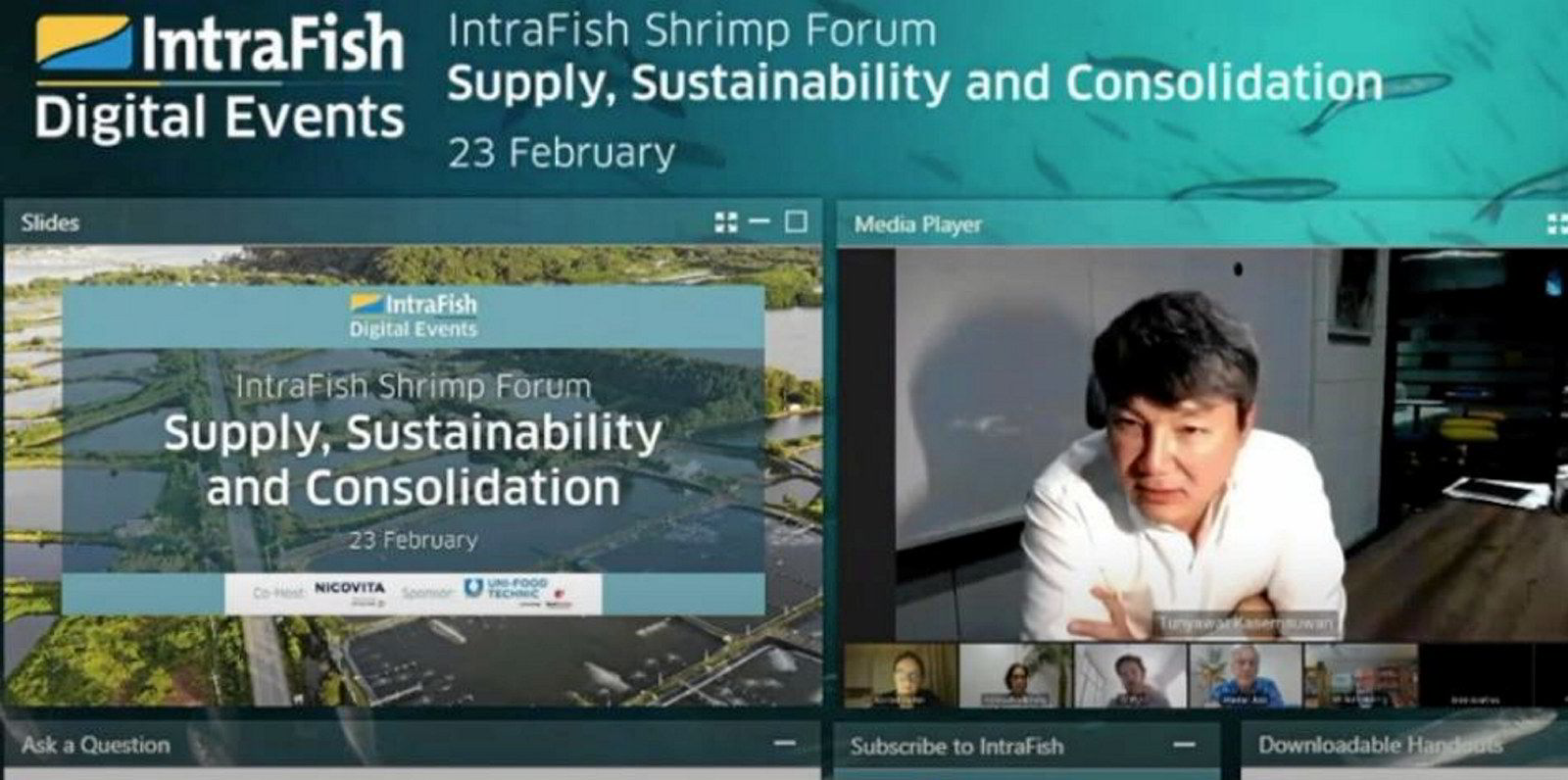It is no secret that the global shrimp industry has had to shape-shift dramatically in the face of the pandemic, but Permira-owned feed behemoth Grobest says some changes that happened over the last year could transform shrimp production for years to come.
The first half of 2020 saw the foodservice industry badly hit by locked-down markets -- China in the first quarter, the United States and Europe in the second and third.



